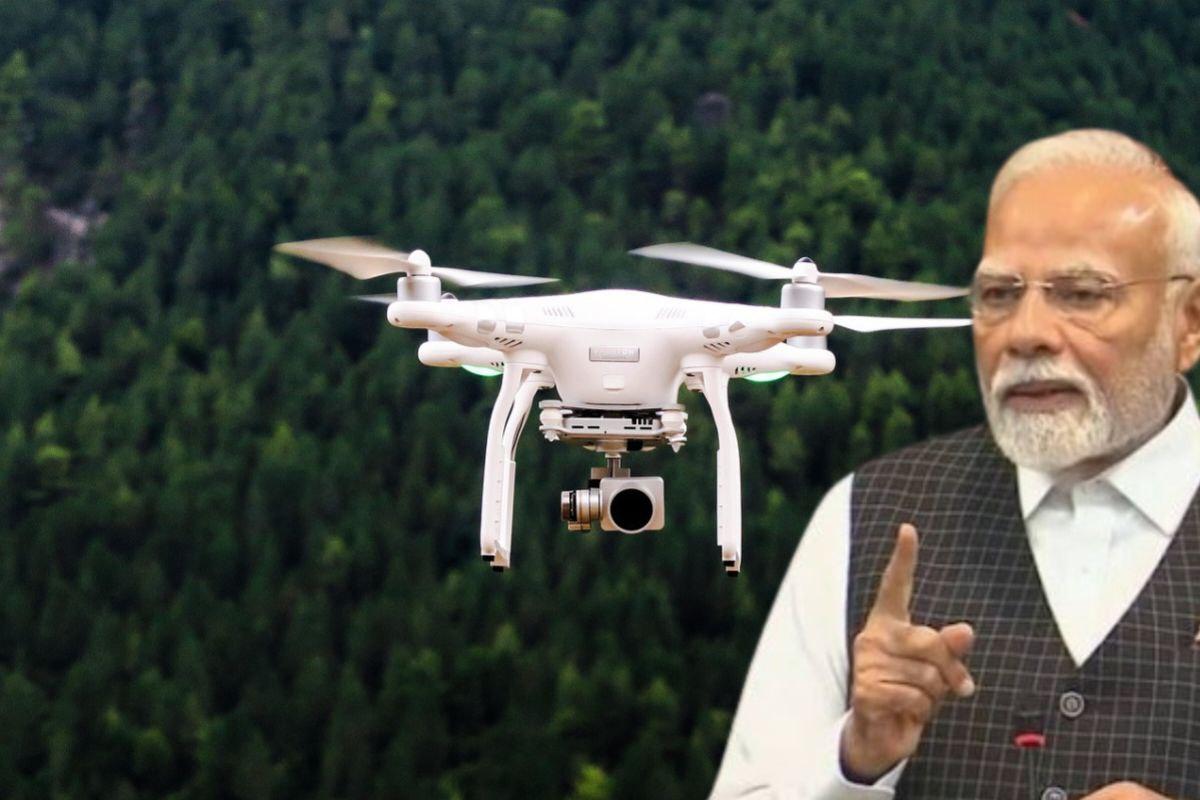
India is taking a major step forward in strengthening its defense and technology sector amid growing concerns over the increasing drone threat from China and Pakistan. The government is preparing to roll out a new incentive scheme worth $234 million (around ₹2,000 crore) aimed at promoting domestic manufacturing of both civilian and military drones. This initiative is not only designed to reduce India’s reliance on foreign components but also to directly counter the expanding drone programs being supported by China and Turkey in Pakistan.
The urgency behind this initiative stems from recent military confrontations, especially during Operation Sindoor, where both sides used drones extensively to launch attacks. It marked the first time that loitering munitions and kamikaze drones were deployed on such a large scale in the region. The aggressive use of unmanned aerial systems highlighted critical gaps in India’s domestic drone manufacturing capabilities.
Unlike earlier efforts, this new scheme goes far beyond simply building drones. According to initial reports, over the next three years, the program will encompass the production of drone components, development of supporting software, creation of counter-drone systems, and expansion of drone-related services. This marks a significant scale-up from the ₹120 crore production-linked incentive (PLI) scheme launched in 2021, which yielded limited success.
Startups in India’s drone ecosystem have struggled to secure adequate funding so far. This new policy aims to ease that burden. By offering targeted support, the government hopes to enable companies in the sector to grow and innovate more rapidly. One of the core goals of the plan is to ensure that by 2027–28, at least 40% of key drone components — such as motors, sensors, and imaging systems — are manufactured domestically. Currently, India depends heavily on Chinese imports for these crucial elements.
While the government has already banned the import of fully built drones, the import of components is still allowed. However, under the new scheme, firms that source these components locally will receive additional incentives. The policy is structured to prioritize self-sufficiency while boosting local innovation and employment.
To provide financial support, the Small Industries Development Bank of India (SIDBI) will play an integral role. It will offer affordable loans to drone companies for research, development, and working capital needs.
Currently, over 600 companies in India are actively engaged in drone manufacturing and related fields. With this new financial push, they are likely to benefit greatly and help position India as a global drone manufacturing hub.
This initiative aligns with India’s broader vision of Atmanirbhar Bharat (self-reliant India) and reflects the country’s strategic response to emerging technological and defense challenges in the region. As global drone warfare becomes more sophisticated, India’s timely investment could prove to be a game-changer — both in terms of national security and industrial growth.




